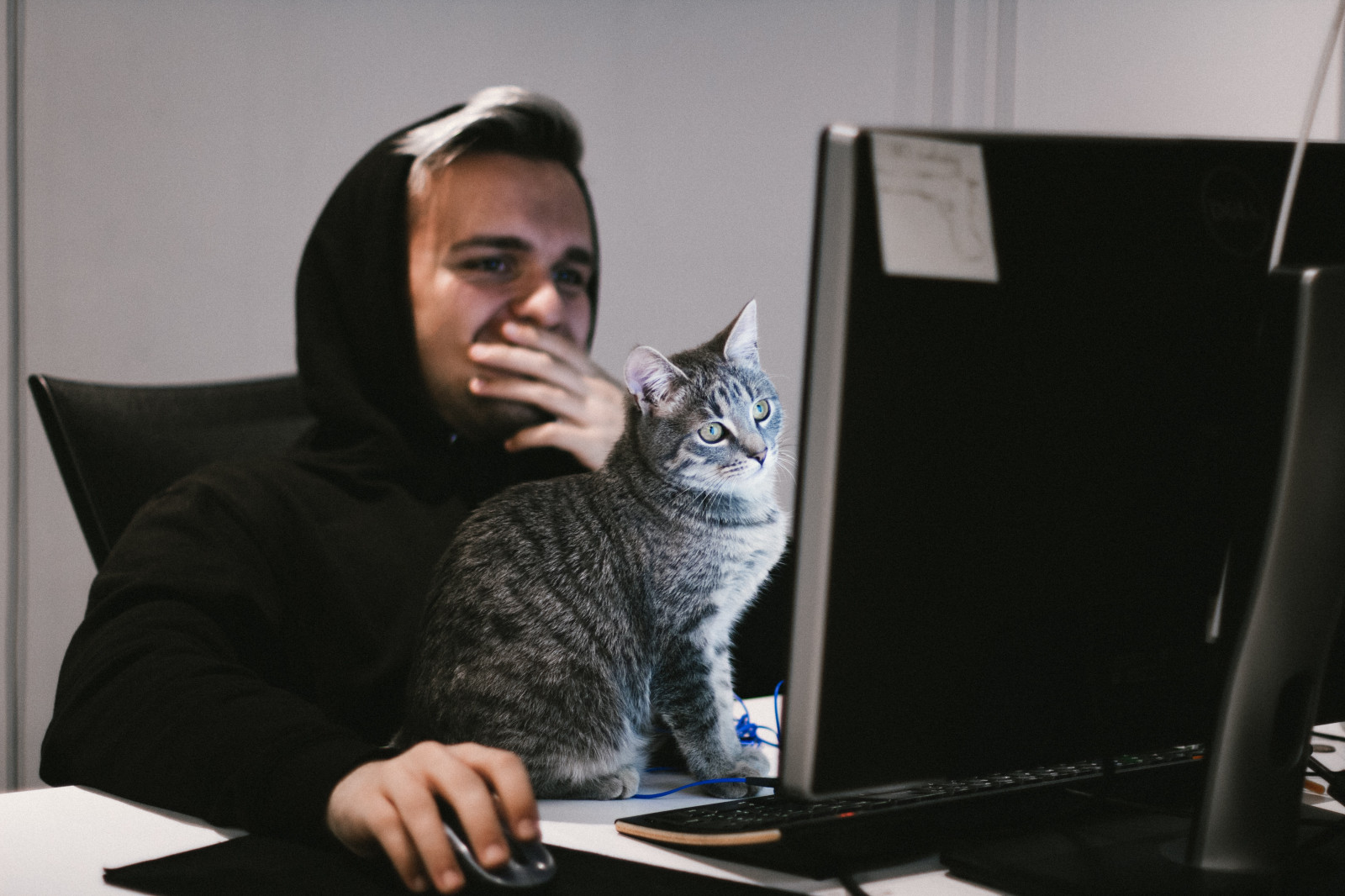From Will Smith to cake: Why memes underpin (the volatility of) success in the creator economy

Photo: Ga

This years’ Oscars were overshadowed by the onstage physical altercation between Will Smith and Chris Rock, with any news of historical awards (Jane Campion was the third woman in history to take home Best Director, for one) largely overshadowed by the digital presence of the Will Smith commentary. More accurately, the memes.
Memes have always been a bit of a mystery to marketers, who, by trying to replicate them, miss the vital ingredient of spontaneity that they seem to possess. Or perhaps it is the pure, genuine, human nature of the meme, which can convey an existential truth in the most absurd of images and some poorly placed text. Memes are, in a way, the armchair philosophy texts of the digital-native generation, seeking simplicity in a world of exponentially increasing complexity. Contrived brand messages, by nature, miss the point.
Yet this does not stop them from trying, as the power of the meme is unmatched as a cultural bellwether. Stemming from early attempts at consumer creativity on social platforms, their popularity has played a role in setting the foundation for the creator economy that we see emerging today. The simplicity of memes makes them easy to make, and their recognisability makes them easy to share; nothing lends itself quite as well to the ‘viral’ nature of success in the digital world. Thus, the Will Smith fiasco spread news of the Oscars far wider than the ageing awards ceremony would otherwise have reached, in an example of how unpredictable their subjects – or victims – can be.
Yet there are those trying to work them the other way around. The introduction of ‘sounds’ on TikTok and Instagram’s Reels is an attempt to develop what is, effectively, the audio version of a meme: easy to replicate, easy to recognise, easy to share. More practical than its visual format, the audio meme can be overlaid with any footage, allowing for greater flexibility when it comes to brand and messaging.
Featured Report
MIDiA Research 2026 predictions Change is the constant
Welcome to the 11th edition of MIDiA’s annual predictions report. The world has changed a lot since our inaugural 2016 edition. The core predictions in that report (video will eat the world, messaging apps will accelerate) are now foundational layers of today’s digital economy.
Find out more…Meanwhile, others are following where the meme goes, rather than trying to generate their own. Netflix, which does not lack for successful meme-related content, has launched a new series called Is It Cake?,referencing last years’ viral trend of things that did not look like cakes, but were then demonstrated to actually be cakes, in a sort of jarring existential double-take. While the simplistic, recognisable premise probably lends itself well to the sort of game-show vibe the streaming service is aiming for, consumer reception of the original meme was equivocal, despite being popular, so whether it becomes as big a success as the truly original Tiger King is unlikely.
In an anthropological sense, a meme is simply an (often symbolic) idea, behaviour, or style that spreads through imitation. They self-perpetuate, replicate, and evolve through repetition – and nothing could be more suited to a creator economy, enabled by basic creator tools that encourage exactly that. Memes are no longer just grainy images overlaid with Comic Sans; they are sounds backing social video, dances learned on TikTok, screenshots from Twitter, and the repeated catchphrases of Gen Z. No matter how simple they may seem, they can represent concepts that are incredibly complex. Despite their historic struggles, marketers are going to need to master the meme in order to stay ahead of the game as the creator economy really takes off.
MIDiA will be publishing a new report on the creator economy in April. Watch this space for more, or get in touch with stephen@midiaresearch.com

The discussion around this post has not yet got started, be the first to add an opinion.